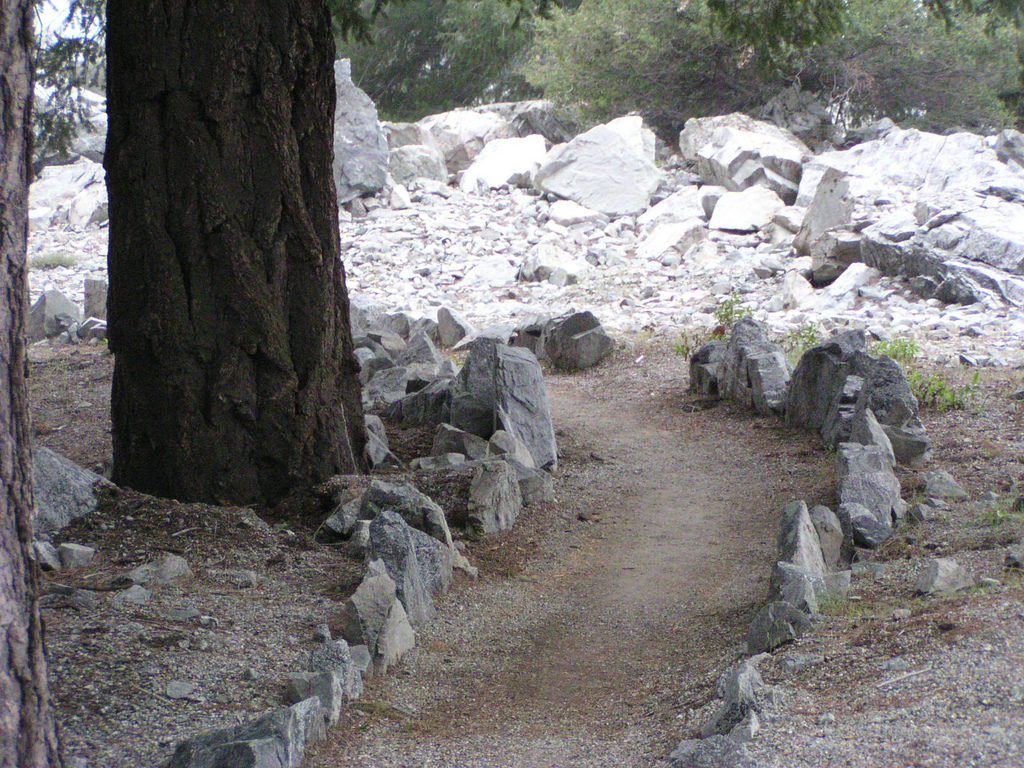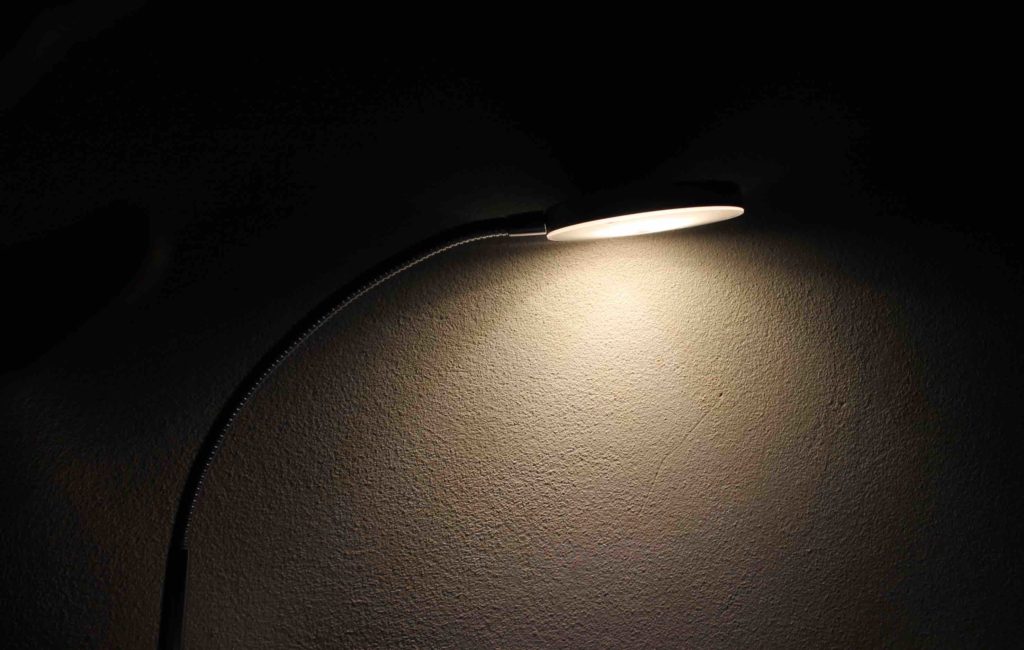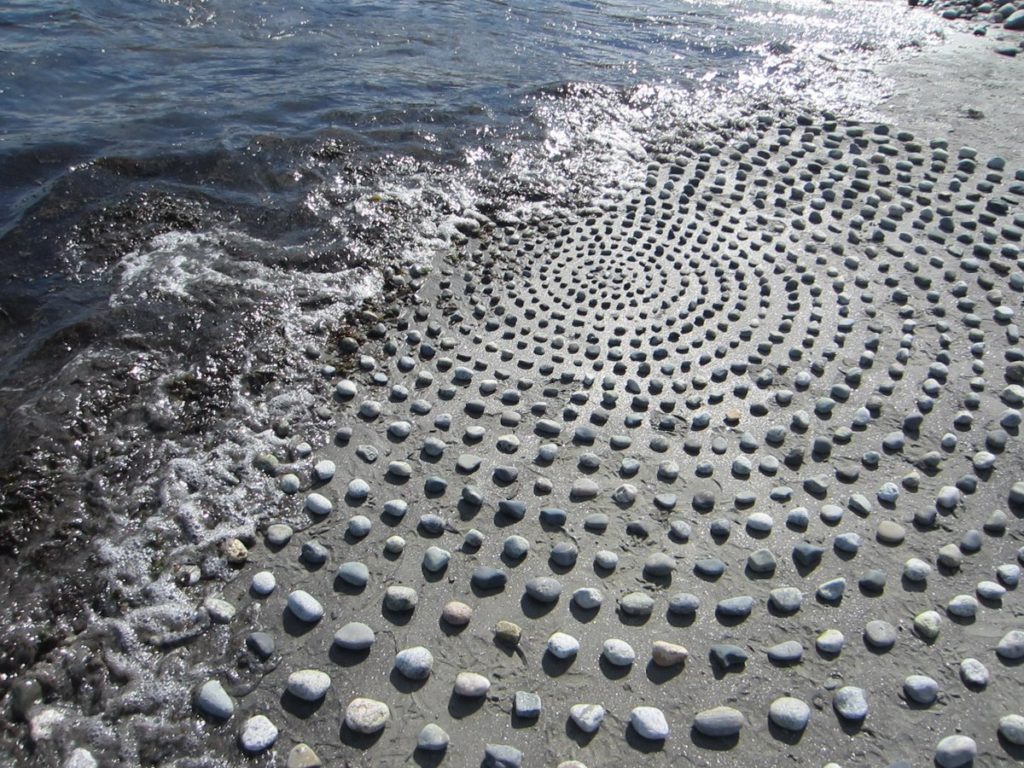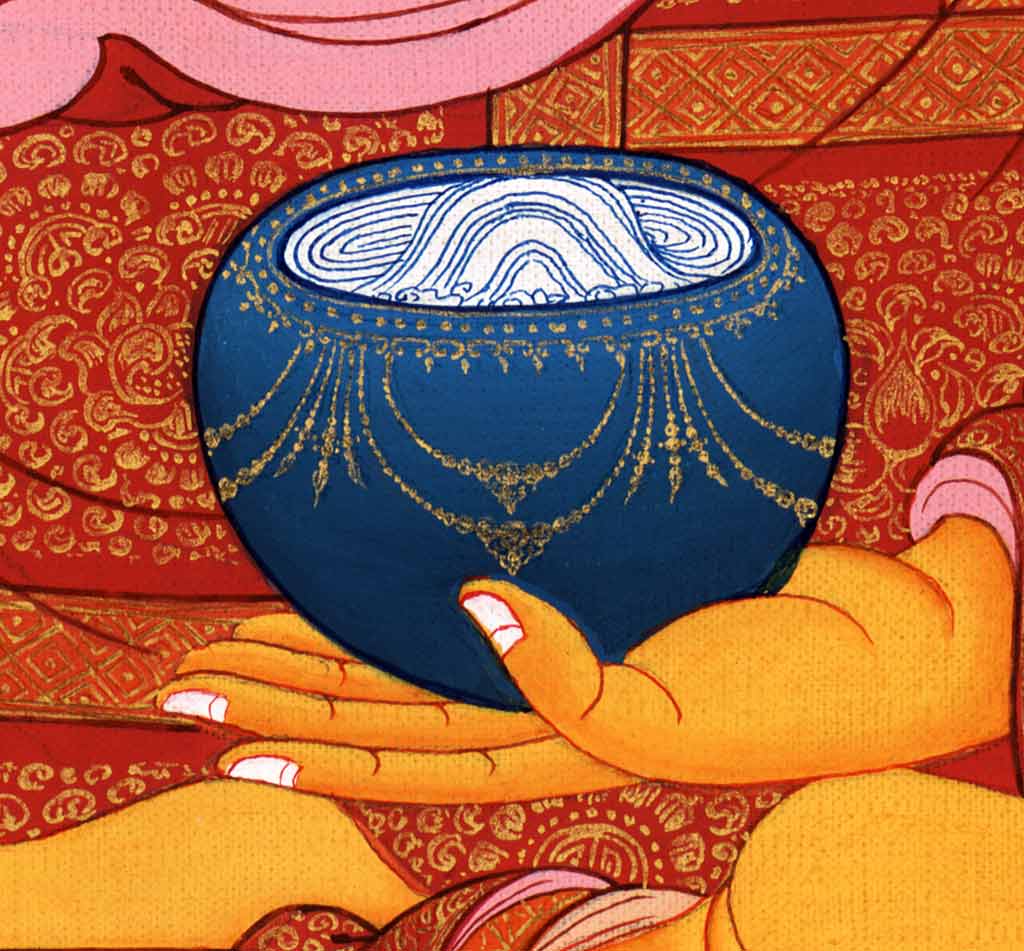Attention is the Active Part of Intention
(one more excerpt from the At-Home Retreat with Phillip Moffitt):
“In terms of the clarity of your practice, I want to remind you again that the first rule is that you are non-doing…in so far as you can. So: You are not doing the practice. You are letting the practice do you.
“There is a certain amount of doing. (This is one of these paradoxes that you just have to work out for yourself.) There’s a certain amount of doing or nothing would happen. But then you ask: Am I doing any more than I need to be doing…and you drop it. You feel your way. You drop it and then if you see that your mind just wanders off, you adjust. You feel your way.
“The practice can have great intensity and still be light. There’s not a lot of doing – despite of all the instructions we give all the time!
“But the practice does involve your knowing that you can direct attention, your knowing that you know how to direct attention, that you’ve practiced directing attention, and that you know when you are directing attention. And that means both the connecting and the sustaining aspect of directing attention.
“Attention is the active part of intention. Intention in the Eight-Fold Path is the pivotal point on the Path. It’s where the rubber meets the road. It’s where your understanding—your Right View—actually shows up in somebody’s life: yours and others. Without that intention, it just doesn’t happen.
“Attention is the manifestation of intention and intention is what creates the karma for us (both immediately and if you believe in reincarnation, in the long term). So attention becomes very, very important.
“Being able to place your attention anywhere – in your body, in knowing Pleasant or Unpleasant, in the Third Foundation of Mindfulness, in the Forth Foundation of Mindfulness, in the Three Characteristics, in the Twelve Aspects of the Four Noble Truths…whatever degree of knowledge you have – being able to place your attention where it seems wise to place it, is part of this clarity.
“You place your attention, and you really know these locations. Whatever you’ve learned, you know the locations where you can be mindful. Anything you’ve ever been taught, you can be mindful of that. So you can locate yourself. You know how to have your mind rest there. Or there. Or there.
“The ability to direct and sustain attention is one of the things that comes faster than some of these other things. So that’s the good news in it. You really see: I can direct my mind. And I can locate it here, and here. And I can know these locations. It gives you something to be doing and it can add to the inspiration.
“One of the inspirations of practice may be the very practice itself. It inspires you to more practice. And discovering new things in practice can be an inspiration for practice. Letting go can be an inspiration for practice. Surrender can be an inspiration for practice. Having clarity can be an inspiration for practice.
“See how it all fits together? It’s a hologram. It’s all contained. Any one piece of the Dharma contains all of the Dharma. You start anywhere and you can get to every other single realization. And that’s why sometimes when you hear a dharma talk on retreat and you think: well, that’s kind of what they said the night before or two nights ago…they’ve just sort of come back around to this. That’s because it’s a whole piece. It’s unified. It’s breathtakingly beautiful, the Dharma. Just as a structure. Just as a perception of what it is and what you are. It is breathtakingly beautiful in its architecture, its blueprint, its DNA if you like.”
***
(Click here to listen to this talk. The excerpt above begins at about 2 hr 31min into the tape.)
Then Suddenly You Know
And now for something a little different (but really the same):
Leonard Cohen spent 5 years on retreat at Mt. Baldy and was ordained as a Zen monk (taking the name Jikan, which means “silence”), after which he wrote:
My Life in Robes
by Leonard Cohen
After a while
You can’t tell
If it’s missing
A woman
Or needing
A cigarette
And later on
If it’s night
Or day
Then suddenly
You know
The time
You get dressed
You go home
You light up
You get married
***
I was never “in robes” and I don’t smoke and I did not get married when I came back from retreat, but I know what he’s talking about. The point of being on retreat is not to be really good at being on retreat. The point is to get far enough away from the world — to get quiet enough and still enough — to be able to see the world (often suddenly) with enough clarity that you can go back out into the world and do what needs to be done.
It’s Mysterious
Just a little bit more from the At-Home Retreat with Phillip Moffitt:
There is a mysterious aspect to this practice. We don’t make many references to that in the practice, but it’s very mysterious. And mysterious things happen while we practice. Part of this mysteriousness is: When we’re being available in practice, what at are we being available for? Who is being available? What does it mean to be available in the first place?…
What arises when we practice is this illuminating quality of awareness. It’s illuminating — the sound of my voice is illuminated by your knowing. The quality of knowing is what illuminates it. Otherwise, it has no existence outside of itself…
Consciousness — that which knows — has an illuminating quality to it. That illuminating quality is a source of energy. When we “know that we know” anything, that which is illuminated is illuminated with energy. And that energy becomes the source for intentionality — that’s where intention comes from. It’s why we’re not stuck in samsara forever…
It is inspiring to think of this.
As you become more aware of awareness, you actually start to have a direct feeling of this knowing. You begin to see why the Buddha stressed the importance of mindfulness. Our actual showing up for the direct experience — that’s how we have choice in our life — because the knowing has this inherent energy. It has a responsiveness. It’s benign. And we can know it in this illuminating nature of knowing.
***
Wow.
(To listen to this talk, click here. Most of the quote above begins at about the 1 hr and 37 minute mark.)
Keys to Effective Meditation
More from Phillip Moffitt’s At-Home Retreat for Experienced Students:
“The first key is inspiration. If you are not inspired to meditate, you will not go through the boredom of it, the times you have to be with restless mind, the times you have to be with sleepy mind, the times when you feel like you can’t go anywhere in your practice… So inspiration is a real key. And inspiration has with it a sense of commitment and also of surrender.
“Surrender is so important because when we surrender we’re not trying to get anywhere, we’re just showing up. And boy does that make a difference in being able to tolerate the ups and downs of the practice! This doesn’t mean we don’t have our preferences. But when we surrender we’re saying: This is what’s important to me — that I be present for my life. I surrender to controlling my life; I’m just going to be present. I can choose to be present — and I will.
“So we start with inspiration and then the second key is the practice itself. How do you get better? By practicing. Better in what sense? Better in being able to be more present for whatever the meditation is like.
“So, you have to practice! But practice can be a 5 minute session in the morning. It can be 3 minutes of walking mediation. It can be 45 minutes of mediation in the evening. It can be two 1-hour sessions a day. Two hour-and-a-half sessions a day. Two 2-hour sessions a day. These are all lengths of practice that people that I work with practice. Some of these folks have very busy lives and they’re still taking an hour or an hour-and-a-half a day. I’m not saying that you should. I’m just saying that there’s a range of what’s possible. You have to have some sort of commitment to daily practice, some sort of commitment that’s within sangha in some way or another, some sort of practice that’s a listening practice, and coming on retreats as much as you can — to daylong or longer retreats, whatever’s possible for you — but you’ve got to do the practice! And cultivate the qualities of practice, which are patience and persistence. That quality of surrendering shows up at practice level as: No Expectations….
“And then being available. Truly being available. Beyond any level that you can image. However much you think you are available, I mean a LOT more available than that! You have to have a certain amount of practice to be available to the next level. So being available to practice, to being open to this whole experience, is an emergent quality. It unfolds as the conditions become appropriate for it to unfold.”
***
Phillip goes on to list two more keys to effective meditation: having clarity as to how to practice, and having a range of practices that you can choose from. Click here to listen (starting at 2 hours and 25 minutes into the recording.)
Enjoy!
Metta for the Body
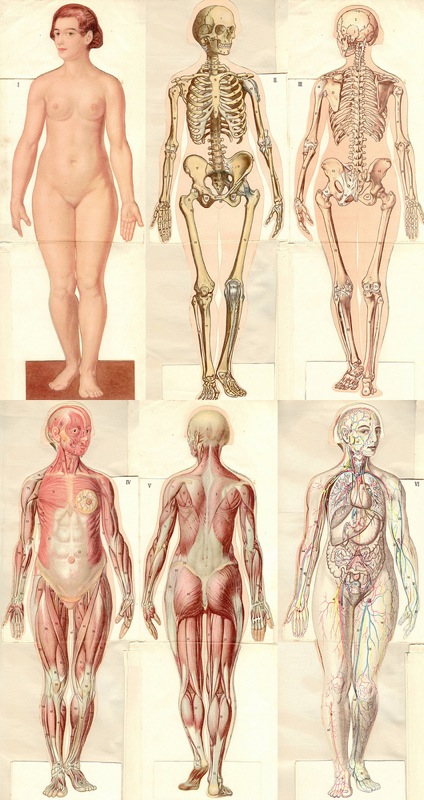 This morning during my meditation, I practiced sending metta (loving-kindness) to different parts of my body using the instructions from Phillip Moffitt’s “At-Home Retreat” tape, which I posted about yesterday. (The instructions for this begin at about 1 hr 50 min into the tape.)
This morning during my meditation, I practiced sending metta (loving-kindness) to different parts of my body using the instructions from Phillip Moffitt’s “At-Home Retreat” tape, which I posted about yesterday. (The instructions for this begin at about 1 hr 50 min into the tape.)
Here’s what Phillip says about the practice:
“The orientation towards this is the kind of well-being that can come to the body when the body is infused with awareness…
“Part of doing this practice is imagining your body having the well-being. Well-being is relative to what’s possible. I cannot imagine well-being as though I were 25 years old. That isn’t within the realm of possible. But I can image the various parts of my body having well-being within the range of their condition right now. And that works quite beautifully. Because otherwise you’re getting unreal. You’re falling into magical thinking. And it’s not magical thinking.
“There is a feeling of well-being that can develop in the body from doing this, in part just because there’s a kind of deep relaxation going on. And part of it is because energy follows attention, so you’re energizing the parts of the body, and that energizing is very wholesome for the body. Part of it is that you are letting loose of certain tensions that are held and it’s like doing yoga of the mind for the body…
“And then there’s a mysterious aspect. It’s just mysterious as to why this has a certain well-being-ness to it, but it mysteriously does happen.”
For a couple of weeks now I’ve had a bad cold (runny nose, sneezing, coughing, etc), and the skin on my elbow is dry and irritated, and my fingers are stiff and tender from arthritis, and my knees are just about shot, etc, etc…so my meditation this morning went like this:
May these sinuses be safe and feel protected.
May these sinuses be happy, just as they are.
May these sinuses be healthy and strong.
May these sinuses be at ease in the world.
May this skin on these elbows be safe and feel protected.
May this skin on these elbows be happy, just as it is.
May this skin on these elbows be healthy and strong.
May this skin on these elbows be at ease in the world.
Etc.
Etc.
Etc.
It was really wonderful!
***
Find Phillip’s instructions for this and several other meditation practices here.
Doing a Little Doing
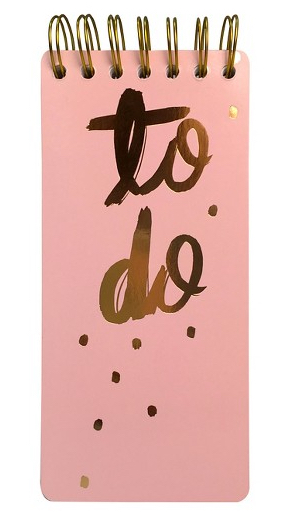 I listen to a lot of dharma talks, which sometimes can get a bit repetitive, but this week I listened to one that’s quite different.
I listen to a lot of dharma talks, which sometimes can get a bit repetitive, but this week I listened to one that’s quite different.
It’s called: At-Home Retreat with Phillip Moffitt and it’s a selection of instructions and guided meditations from a Day-long for Experienced Students held in 2011.
Here’s the description:
“If you’ve never had the opportunity to study with Phillip in person, here is a way to experience one of his day-long retreats. Explore what inspires you to practice, regain trust in your own knowing, and discover ways to direct you attention.”
I highly recommend it.
The tape begins with very rich instruction on the use of the “Four Elements” practice as a way to establish presence, then moves to an image-based guidance for practicing “Aiming and Sustaining Attention” to develop samadhi, then progresses through several specific practices for working with sleepiness, then on to “Open Awareness Meditation,” then quite a unique practice directing Metta to the body, and more. (The whole tape is 3 hours long, but it’s sequenced so you can listen to it in segments.)
All this could seem like a lot of work. But I love what Phillip has to say about that:
In meditation, we are seeing how things happen… You are looking to have the experience. You are not looking to “get it right.”
This is a huge difference.
There is as little “doing” as possible in our “doing” in meditation. And “getting it right” is a whole lotta doing!
Having the experience and saying: ‘OK, I’m going to use this technique’…that’s a little “doing”. But it’s a light “doing.” But a “getting it right” is very, very heavy as “doing.”
OK. Here we go….
***
Give it a try. Click here, then click on the mp3 link. Enjoy!
Is This Not Love
What’s Not Here (excerpt)
Rumi, translation by Coleman Banks:
I start out on this road,
call it love or emptiness.
I only know what’s not here.
Resentment seeds, backscratching greed,
worrying about outcome, fear of people.
When a bird gets free,
it does not go back for remnants
left on the bottom of the cage.
***
“Emptiness” is one of the most important concepts in Buddhism. But this “emptiness” does not mean “nothingness” or some great “void”. It means the fundamental nature of our heart/mind when greed, hatred, resentment, worry, fear, confusion, etc are not present.
It is our fundament nature to be “empty” of these. When we experience this emptiness, we are free. Is this not love?
Guy Armstrong says it much better than I can. Listen to his talk, Emptiness: A Practical Introduction for Meditators.
How Beautiful
Thank you, dear friends.
I am deeply touched by your kindness and generosity. On Friday I posted a request for help in paying the cost of upgrading this Dharma Town site ($658.73) and already I have received $530 in donations and pledges.
Thank you so much. Not only for the financial support, but also for the encouragement and appreciation for the work I have been doing that so many of you have also expressed. And more than that. Several of you expressed gratitude to me for having asked!
This is such a lesson for me. That it can be a gift to ask for help. That asking for what you need can actually give something to the person you are asking — an opportunity to be generous, to express gratitude, and to feel how good it feels to do something helpful for someone else!
What a lovely thing this giving-and-recieving turns out to be.
We are all in this world together. We forget it sometimes, or even try to ignore it, but we are dependent on each other. We “inter-are,” as Thich Nhat Hanh says.
How beautiful.
Asking is Also Practice
Dear Friends,
I have just had to spend $658.73 to upgrade and secure my Dharma Town site, which includes content migration to a new server, hosting, domain renewal, backup, and cyber security (so as not to repeat the unpleasant surprise I got a few years ago when Dharma Town was hacked by a porn site!). This amount will cover hosting and domain renewal for the next 5 years, plus backup and security for 1 year, but in order to get the lowest possible annual cost, I’ve had to pay it all now.
I created this site 6 years ago (time flies!) and have been writing blog posts almost every weekday since then (except when I’ve been away on retreat). I’ve covered all the costs of the site out of my own pocket so far, but now I need to ask for your help.
There is now a Donate button on the sidebar to the right of each webpage. If Dharma Town has been useful or inspiring or supportive of your practice in any way, or if you have benefited from any of the other dharma programs I’ve offered to the St. Louis community — including Cafe Sangha and Retreat-in-a-Box –please consider making a donation.
Thank you.
May all beings receive the blessings of my life.
***
If you have any problems using the Donate button, or would like to talk with me about this, or offer support in some other way, please email me here.
Including Guardian Spirits!
The highlight of my day — every day — while I was at the Forest Refuge, was at 6:20 in the morning when we chanted the “imaya dhammanu” loving-kindness chant. We did it in Pali, which I just love. But I also love the English translation, which I held in my heart, so that every morning I felt deeply the desire for all beings — including whatever guardian spirits there might be at the Forest Refuge! — that they all be “free from animosity, free from oppression, free from trouble, and that they may know the grace of well-being.”
Here’s the full text in English:
By this practice, in accord with the Dharma, I honor the Buddha.
By this practice, in accord with the Dharma, I honor the Dharma.
By this practice, in accord with the Dharma, I honor the Sangha.
May I be free from animosity, free from oppression, free from trouble; may I know the grace of well-being.
May my parents, teachers, family, friends and fellow dharma-travelers,
all be free from animosity, free from oppression, free from trouble, and know the grace of well-being.
May all the practitioners in this place
all be free from animosity, free from oppression, free from trouble, and know the grace of well-being.
May our guardian spirits, in this temple,
in this dwelling, in this place; may the guardian spirits
all be free from animosity, free from oppression, free from trouble, and know the grace of well-being.
May all beings, all living things, all creatures,
all individuals, all personalities,
all women and all female beings, all men and all male beings, all noble ones, all worldly ones,
all spirits and gods, all humans, and all those in misery,
all be free from animosity, free from oppression, free from trouble, and know the grace of well-being.
May all beings be free from suffering, enjoy safety and abundance, owners of their own karma.
We offer the merit of our practice to all beings.
Well said, well said, well said.
***
Now that I’m home, I’ve kept up the practice. (Not at 6:20 am. But still.)


